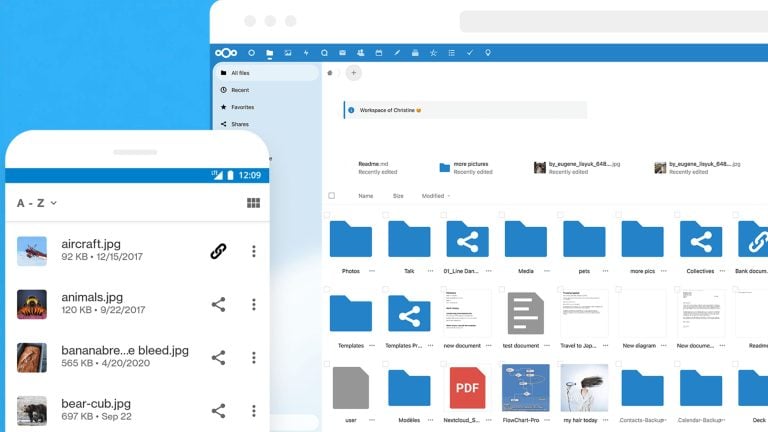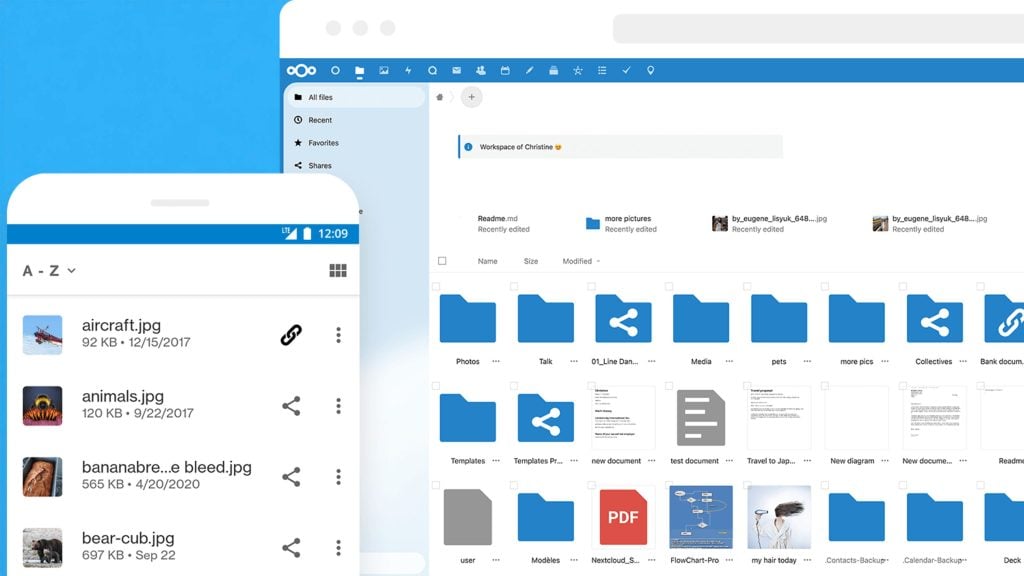United Nations agencies are advancing a digital identity system built on blockchain to manage pension verification, and they are signaling that its use could eventually extend beyond UN personnel.
Developed jointly by the UN Joint Staff Pension Fund (UNJSPF) and the UN International Computing Centre (UNICC), the Digital Certificate of Entitlement (DCE) is being promoted as a replacement for traditional paper-based verification.
The system, detailed in a white paper recently released by both agencies, has already been deployed to more than 70,000 pensioners in 190 countries.
It incorporates a combination of biometric authentication, artificial intelligence, and geolocation to streamline and automate the pension process.
The report highlights substantial changes in cost and operations.
While initially designed for internal use, the DCE is being positioned as a digital public good.
Under the UN’s definition, this means the system is open-source and could be shared more widely.
The agencies are promoting a model called the DCE Consortium Initiative, which would allow other UN organizations and international institutions to adopt the platform as a service. This approach includes cost-sharing and joint governance, aligning with strategic documents such as the UN’s Global Digital Compact and the Pact for the Future.
These frameworks call for global digital coordination, with a strong focus on identity systems.
The Pact for the Future, adopted with the Global Digital Compact and the Declaration on Future Generations, supports increased use of digital ID and envisions governance structures that include surveillance mechanisms and content control.
The foundation for the current system began with a biometric pilot launched five years ago to digitize pension verification. That pilot project set the stage for the blockchain-based version now in use.
At the same time, the UN is continuing to expand a wider Digital ID program intended for staff across its more than 30 entities.
This initiative is aimed at creating a portable identity that can be used across all agencies. It relies on blockchain infrastructure, biometric data, and a mobile-first interface that allows staff to control and share their verified personal information.
Consolidating pension verification and staff identification into blockchain-based systems may streamline bureaucracy, but it also concentrates highly sensitive personal information in a way that puts privacy at risk.
By tying pensions and employment records to biometric data and geolocation, individuals are effectively locked into a system where their most intimate identifiers are permanently stored and potentially exposed.
Even with claims of security, no digital system is immune to breaches or misuse, and once biometric data is compromised, it cannot be changed like a password.
The UN’s plan to present these systems as “digital public goods” also creates the possibility that they could spread to governments and organizations around the world. Without strong legal and technical safeguards, such a model could easily be used to expand surveillance and limit freedoms, particularly in countries where privacy protections are weak.
A universal, interoperable ID framework risks creating a tool of control rather than empowerment, shifting authority over personal identity away from individuals and placing it in the hands of centralized institutions.










